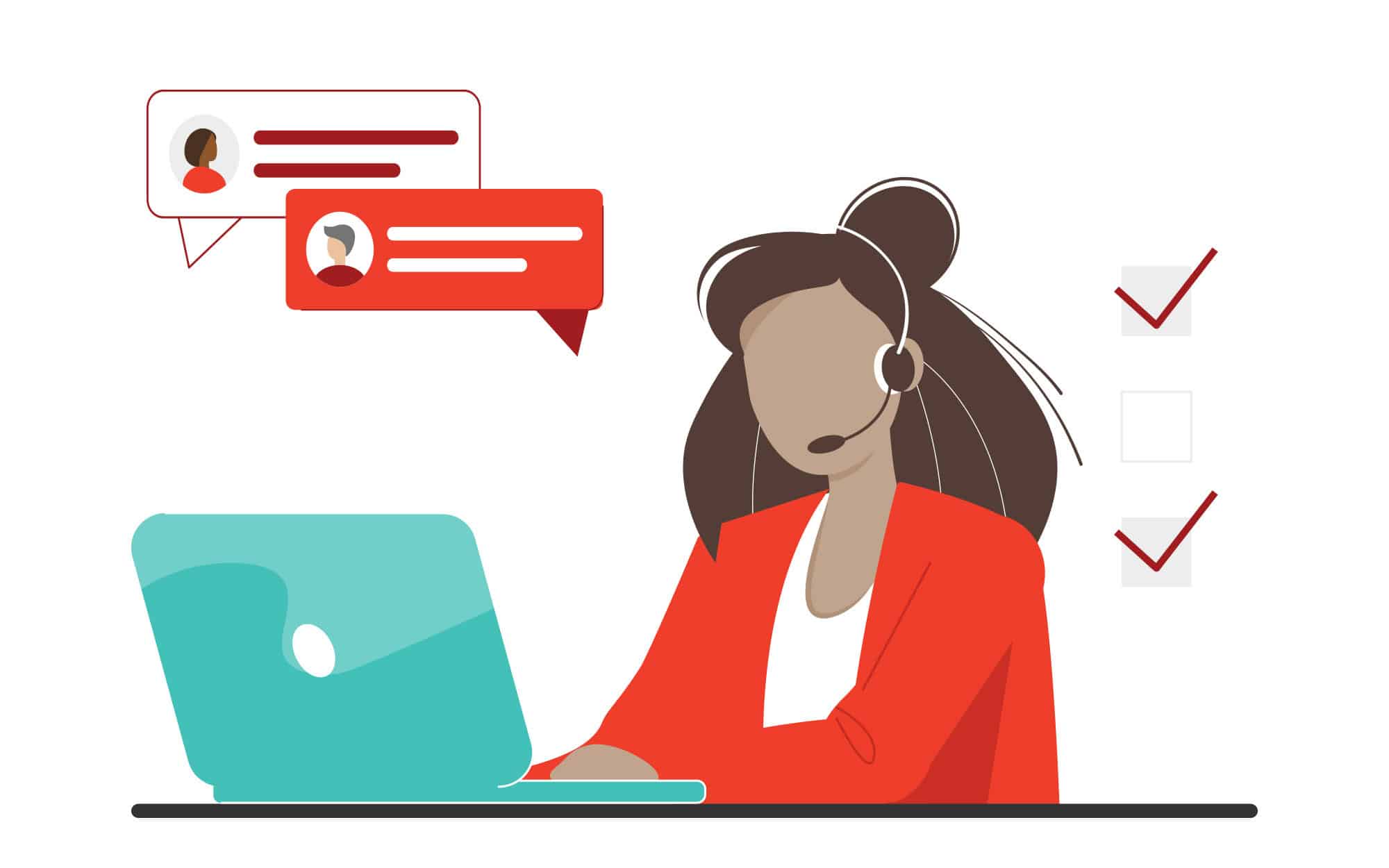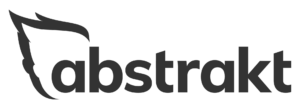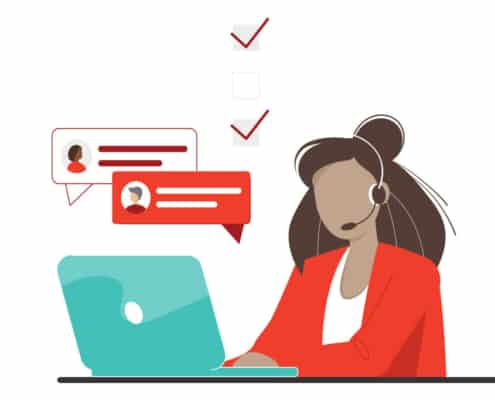

Sales skills are transferable from one product to another and one industry to the next. It doesn’t matter if you’re selling real estate, cars, software, or keychains—selling is selling. But to be successful, you have to first have to understand the key principles of sales.
You also need to practice like crazy. There’s a reason experienced sales professionals are often more successful than those who are just starting out. No matter where you are in your sales career, it helps to understand and avoid common sales mistakes. Read on to learn more.
Too Much Talking, Not Enough Listening
If you’re a sales rep, chances are you like to talk—and that’s often a positive! But here’s the thing: the key to good selling is to understand the prospect’s needs. It’s important to remember that selling is more about listening than talking. The more you can get the prospect to talk, the better you’ll be at uncovering the pain points and genuine concerns they have. This can help you develop a pitch that resonates with them.
So, how do you talk less and listen more? Here are several techniques:
- Prepare open-ended questions that will encourage the prospect to talk about their needs, pain points, and decision-making process. This will help you to understand the customer better and allow you to tailor your sales pitch to their specific needs.
- Practice active listening by making eye contact, nodding, and repeating key points that the prospect is making. This keeps you engaged and demonstrates that you care about their concerns.
- Take notes during the conversation to help you to stay focused and remember important points that the prospect is making.
- Use reflective listening to show the prospect that you understand their concerns and are paying attention to what’s being said. This is usually done by paraphrasing or summarizing their key points.
- Use silence as a powerful tool to encourage the prospect to talk more. After a prospect answers a question, wait a few seconds before responding to give the prospect a chance to elaborate.
By following these strategies, you can avoid the mistake of talking too much and start listening more. This helps build trust and rapport with the prospect, which leads to a better sales pitch and a higher close ratio.
Focusing on Features, Not a Solution
While features are a cool addition to your product or service, you should focus on the problems it solves for potential buyers. In other words, how does the product solve your prospect’s biggest pain points and/or how does it satisfy their biggest desires?
Here are some suggestions:
- Understand the customer’s needs, pain points, and decision-making process. This will help you identify the specific benefits that your product or service can provide and tailor your sales pitch to the customer’s specific needs.
- Instead of focusing on features of your product or service, focus on how they will benefit the customer. Show the customer how your product or service will solve their problems and make their job easier.
- Use customer testimonials and case studies to show real-life examples of how your product or service has benefited other customers.
- Use storytelling to show the customer how your product or service can benefit them. Tell them a story about how someone just like them was able to solve a problem or achieve a goal by using your product or service.
- Use visuals such as charts, graphs, and images to help the customer to understand the benefits of your product or service.
- Emphasize the value that your product or service can provide in terms of cost savings, time savings, and other benefits.
If you ever find yourself spending a lot of time discussing features, ask yourself: Why does this matter?
For example, let’s say you’re discussing a new non-stick coating on a kitchenware set. Ask yourself: Why does this non-stick coating really matter? It’s not the non-stick coating that the customer wants—it’s the promise of never burning dinner with three hungry kids waiting at the table. Remember, benefits over features!
Overselling on Promises That Can’t Be Kept
Over-promising and under-delivering is a common mistake that sales reps should avoid. If you continue to rely on this bad habit, it can make you (and the company) seem untrustworthy or “too good to be true.”
Instead, ask the right questions to help a prospect sell themselves. Here are some good ones:
- Can you tell me about your current situation and the challenges you’re facing with your current solution?
- What are the most important factors you’re looking for in a solution to help you achieve your goals?
- How does your current solution compare to what you’re looking for in a new one?
- What are the key areas where you think your current solution is falling short, and how could our solution help you address those issues?
- How does our solution compare to your current one in terms of cost, performance, scalability and ease of use?
- Can you tell me about a time when your current solution caused a problem or delay, and how our solution could have prevented or solved it?
- What specific benefits or advantages do you think our solution could offer over your current one?
- How do you see our solution fitting into your current workflow and processes, and how do you think it could improve them?
- What is the potential ROI of our solution, compared to your current one?
- Can you walk me through a hypothetical scenario of how our solution would be used to solve a specific problem or achieve a specific goal?
By asking these types of questions, you can help the prospect see how your solution is better than their current one and encourage them to consider the potential benefits your solution can offer. Remember to listen actively and use the prospect’s answers to tailor your pitch and demonstrate the value of your solution.
Pitching to Pitch, Not to Close
Are you in a situation where you not only have to secure a certain number of sales appointments, but also have to satisfy a pitch quota? If so, you might fall for the mistake of pitching without asking for the appointment. Big mistake.
Always ask for the appointment. The worst thing that can happen is someone says no. Plus, you can always ask for a better time to follow up to get the appointment.
Not Being Prepared to Overcome Objections
Not every prospect in the sales pipeline is going to say yes to a sales meeting, making overcoming objections a vital part of being a successful sales rep. Before calling a prospect, you should be prepped with all the most common sales objections and specific ways you can overcome them.
Here are a few common objections and how to approach them:
- “I’m not interested.” To overcome this objection, ask questions to understand the prospect’s needs, pain points, and goals. Then, tailor your pitch to demonstrate how your product or service can help them achieve their objectives.
- “I’m not the decision-maker.” In this situation, ask for the decision-maker’s contact information and schedule a follow-up call or meeting. In the meantime, provide valuable information about your product or service that the prospect can share with the decision-maker.
- “It’s too expensive.” To overcome this objection, emphasize the value of your product or service and how it can help the prospect save money in the long run. You can also offer financing options or a money-back guarantee to make it more affordable for them.
- “I need to think about it.” Try asking for a specific timeframe for when the prospect will make a decision. Also, ask what specific information or resources would help them to make a decision and provide it to them.
- “I’m happy with my current solution.” Ask the prospect to tell you about their current solution, and then highlight the ways in which your solution is better, more efficient, or cost effective.
- “I have to check with my partner/colleague.” To overcome this objection, ask for a specific timeframe for when the decision-maker will be available to discuss, and schedule a follow-up call or meeting.
- “I’ll get back to you.” Ask if there is specific information or resources that would help them to make a decision and provide it to them. Also, ask for a specific timeframe for when they will get back to you.
- “I’ll have to check with my budget.” To address this objection, ask what budget they have in mind and if there’s any way to tailor your product or service to fit within their budget constraints. Also, if applicable, you can offer financing options or a money-back guarantee to make it more affordable for them.
This isn’t a comprehensive list of objections, but these are the ones you’re most likely to encounter. Learn to overcome them and move closer to the sale.
Not Researching the Prospect Before Contacting
While a call or email may be cold for the prospect, they shouldn’t be the sales rep. With the amount of information available online, there’s no reason to go in truly cold. Before calling, you should be knowledgeable about the prospect, the industry they serve, and what pain points or objections you may encounter.
Start by using online resources such as the company’s website, social media profiles, and online news articles to learn more about the company and the decision-makers. You can also utilize your CRM to gather information such as previous interactions, notes, and deals.
Another good starting point involves searching LinkedIn to find mutual connections that can help to introduce you to the prospect. While doing this, research the industry that the prospect’s company is in (including the trends and the news). This will give you a better idea of the prospect’s pain points and the challenges they might be facing.
Key Takeaways
If your sales reps’ numbers are underwhelming, it’s entirely possible that they don’t have the correct training and foundational infrastructure in place to perform up to your standards. In other words, it might not be your products—it might be how your reps are selling.
At Abstrakt, our sales development reps are skilled and knowledgeable about how to avoid these mistakes to secure more sales meetings for our clients. Connect with our lead gen experts to secure more sales meetings and close more deals!




